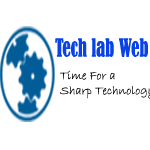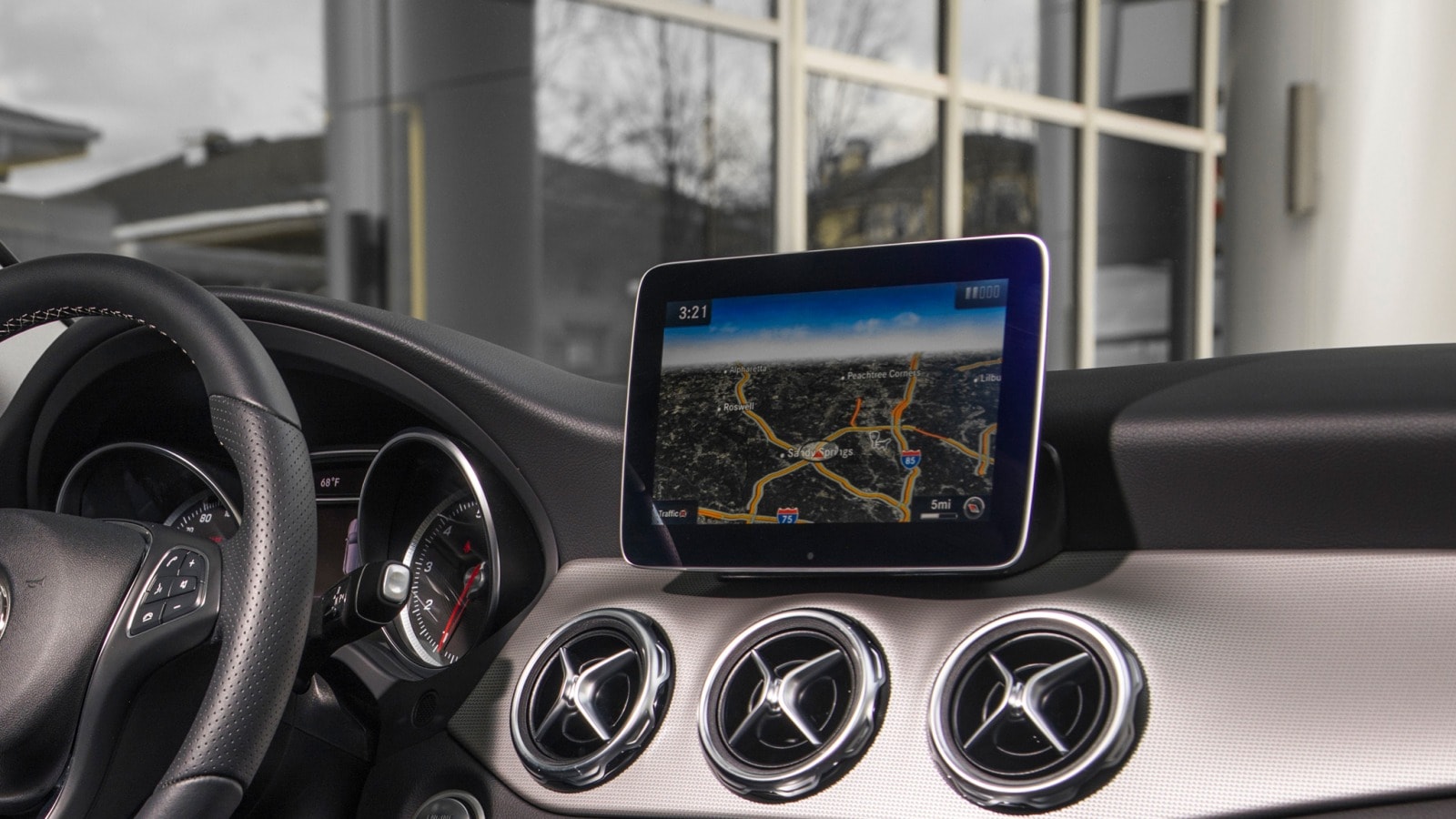A secure Internet accessible to IoT devices can be undermined and attacked by others. In 2016, DNS providers and major websites were crippled by distributed denial-of-service attacks on Internet of Things devices running the Mirai malware.
In addition, large IT companies are developing innovative solutions to ensure the security of IoT devices. Consistency, agility, and scalability will help shape the future as IoT solutions come and go and are unconsciously deployed across departments, business units, and IT teams.
To address the risks associated with IoT devices, it is important to develop a strategy that ensures that things are monitored, managed and optimized for device performance, health and safety, and implements new IoT deployments and changes. Here are four important considerations to tame the tornado of IoT solutions and devices, take advantage of them, and reduce the headaches and damage they can cause. When something new or unusual happens, you are the first to experience it.
When it comes to device management it is important to discuss the importance of connectivity and industry standards. The larger your deployment, the more robust and flexible your device management solution needs to be, and the better you can handle anything that gets in your way, as long as it is backed up with the right protocols. Regulatory open standards are your safest bet when it comes to protocols as they are developed with the IoT industry in mind and meet their specific needs and will only grow as the industry grows.
The idea is not to provide a complete guide to the secure design of IoT solutions and devices, but rather to make them think about security requirements. Developing secure connected products requires much thought and planning, and there is no one-size-fits-all solution. Every IoT product safety approach should have a framework that addresses people, devices and processes.
A frequently overlooked element of security design is the trust placed and managed in the device throughout its lifecycle. Although trust is easier to manage than in a production environment, it is much more difficult once the device leaves the factory.
If you have thousands or even millions of devices on the ground, you need to be able to configure them, collect data, and fix any problems that arise. Engineers quickly realize that they need some kind of device management solution for their timely product releases, which can lead to hasty bug fixes that have serious implications for the robustness and safety of connected devices.
To ensure that safety is designed in the early stages of the product life cycle, the team behind an IoT product must find solutions to provide secure and robust updates, monitor, configure and fix devices, and automate the processes necessary to prevent people from making mistakes. In every industry, as the IoT remains a driver of digital transformation, the management of IoT solutions and its data is critical. Using the data generated by your devices requires actionable IoT analyses.
For example, many IoT devices rely on cellular technologies such as 4G, 5G and NB-IoT. Collaboration with carriers brings new challenges, including the added complexity of connecting IoT devices to mobile networks and maintaining partnerships with mobile operators around the world to ensure your products work seamlessly. If you are not sure that you can access usable IoT analyses yourself, partners can be invaluable.
A growing share of IoT devices designed for consumer use includes connected vehicles, home automation, wearable technologies, connected health devices, and remote monitoring capabilities. A smart home is an automated home based on a platform or hub that controls smart devices and devices. IoT devices are part of a broader concept of home automation that includes lighting, heating, air conditioning, media, security systems and camera systems.
A device management platform can be used to ensure that devices in an IoT system are secure and connected. It monitors your system and handles routine tasks connected to connected devices. Consider firmware updates, patch reports, and warning users of device-related changes.
While IoT devices and platforms provide the hardware building blocks for the development of IoT devices. Cloud platforms are used to provide companies with the infrastructure needed to build IoT systems. Given that hardware is the long pole in the tent of IoT product development, it is important to consider the existing market to accelerate your efforts.
The wide variety of form factors and potential IoT solutions and devices has implications on a number of fronts, including IoT testing. Choosing the right IoT device platform depends on where you are on the IoT launch curve. As you move closer to adapting to the product market, you need to develop custom IoT devices that are similar to the functionality and form factor of your end product.
Today, we are witnessing an increasing demand for integrated smart solutions in the home, as IoT devices are increasingly part of everyday life worldwide. As solution providers try to meet the needs of modern life and build smart home systems, here are five considerations that can help ensure the success of these solutions.
A major concern of the user experience is the mental leap for them to view the device in the context of how it communicates with other devices and the wider user ecosystem. This happens at the point where connected products have too many ways to communicate with devices, from LEDs to voice control, making smart home settings feel incoherent and confusing. Take, for example, the Tado thermostat and Rachio intelligent irrigation control, which mobile phones, tablets, apps and desktops use to access, manage and set up their devices.
In addition to low power consumption and low data rates, IoT solutions and devices can be difficult to patch over the air when problems are detected, even when the built-in security is robust. Unlike traditional on-site computing systems, an IoT device must be located and accessed from a corporate or carrier network, much like a connected car or home security system, Narayanan points out. Considerations on IoT are not only intended for technical and security challenges, he says, but also for questions about how companies want to use the connectivity they hope to achieve to achieve a return on investment.
Lorawan is a wireless spread spectrum modulation technique that can be employed in a variety of WANs. The LORA Alliance developed an open technology for low-power wide-area networks necessary for the Internet of Things, which operates on unlicensed frequencies and provides global interoperability and scalability. The IoT 4.0 applications developed by Lora Technology are gaining a lot of traction.





_3-6.jpg)




